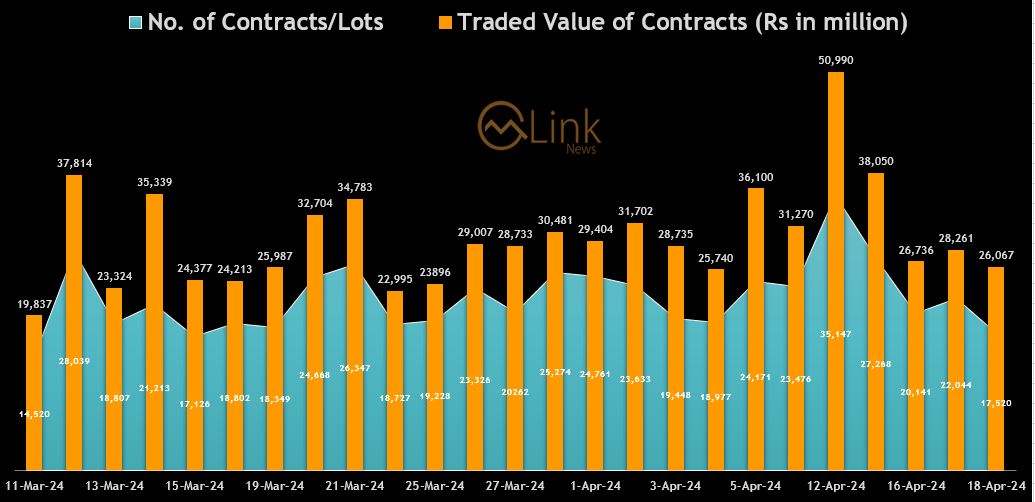Some of the links in this post are from our sponsors. We provide you with accurate, reliable information. Learn more about how we make money and select our advertising partners. Will we see another stimulus check this year? We’ve...
Will we see another stimulus check this year? We’ve been asking the magic eight ball, because Congress doesn’t seem to know either, but it keeps telling us to “Ask again later.”
Here’s where we think we stand now: In the first week of October, the president halted stimulus talks until after the election. Later that day, he might have changed his mind. Now, we’re hearing about the possibility of a standalone stimulus bill, but compromise amongst our senators seems to be a political fantasy. Really, it all just seems to be up in the air right now.
So instead of shaking a fortune-telling plastic ball one more time, we should take our finances into our own hands. Prepare for the worst — hope for the best. Here are some surefire ways to give your emergency fund some breathing room:
1. Make a Budget
This may sound like personal finance 101 — but that’s because it is.
With jobs on the line, the stock market keeping us on the edge of our seats and day-to-day costs on the rise, now is the most important time to keep a budget. By staying on or under budget, we can keep our emergency fund intact and our long-term savings on track.
One of the simplest ways to get your budget in check, if your hours or pay have been cut, is to use the 50/30/20 method.
Here’s how it works: If you still have monthly income, divide the after-tax amount in half. That’s your essentials budget (50%). Take the rest, and divide it into personal spending (30%) and financial goals (20%).
Once you’ve divided your expenses, see what you can limit, eliminate or pause until you’re back on your feet again. Pour that extra money into your essentials (like rent, utilities, groceries) and your financial goals (like your emergency fund or additional debt-reduction payments).
Find the balance that works best for you and stick to it.
If you don’t have an income right now, list out your current expenses and decide what is essential and what is optional. Trim what you can so you can make the smallest dent in your savings account possible.
2. Reduce Expenses
Although some of your monthly bills are set in stone, like rent, there are plenty of other necessary expenses you can reduce to help pad your bank account. Some can even be permanent fixes. Here are just a handful of ideas to get started:
Swap Grocery Stores
Yes, having Whole Foods delivered is incredibly convenient, but you could save hundreds by doing your weekly shopping at less expensive stores. Try picking up your food at places like Aldi, Trader Joe’s or Walmart. If that’s not feasible, many other stores accept competitors’ coupons, so don’t toss those Sunday inserts just yet.
Limit Energy Consumption
Utility bills can skyrocket during the hottest and coldest months, thanks mostly to the use of our air conditioners and heaters. By opening windows and using fans or taking advantage of your fireplace and cozy blankets, you can limit the use of the biggest energy-suckers and reduce those bills.
A few little things that can add up over time are unplugging unused appliances, turning off lights when you’re not using them and taking quicker (or less hot) showers.
Switch Insurance
Car insurance rates fluctuate, and you’re likely paying more than you should be right now. Because you’re not in a binding contract, look into other providers to see if you can get the same coverage for less money.
If you’re not a DIY kind of person, there are a lot of apps that will do everything for you. Savvy, for example, will find you a better rate, then make the switch to your new provider on your behalf. Its average user saves more than $800 a year — that amount would be a massive help right now.
3. Consolidate Debt
If you have credit card debt, the interest payments your credit card companies are charging could be costing you thousands of dollars.
There is a way to eliminate that credit card debt and spare you the insane interest payments. It’s called debt consolidation, and a free website called AmOne could help wipe out all of your credit card debt by the end of the week.
AmOne will match you with a low-interest loan to pay off all your credit cards at once. Its interest rates start at 3.49% — way lower than the 20% or more you’re probably paying your credit card company. Again, that could save you thousands in the long run.
Plus, you’ll be debt-free that much faster.
AmOne keeps your information confidential and secure, which is probably why after 20 years in business, it still has an A+ rating with the Better Business Bureau.
It takes two minutes to see if you qualify for up to $50,000 online.
This was originally published on The Penny Hoarder, which helps millions of readers worldwide earn and save money by sharing unique job opportunities, personal stories, freebies and more. The Inc. 5000 ranked The Penny Hoarder as the fastest-growing private media company in the U.S. in 2017.












